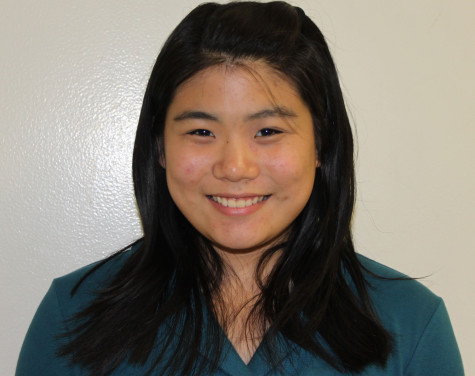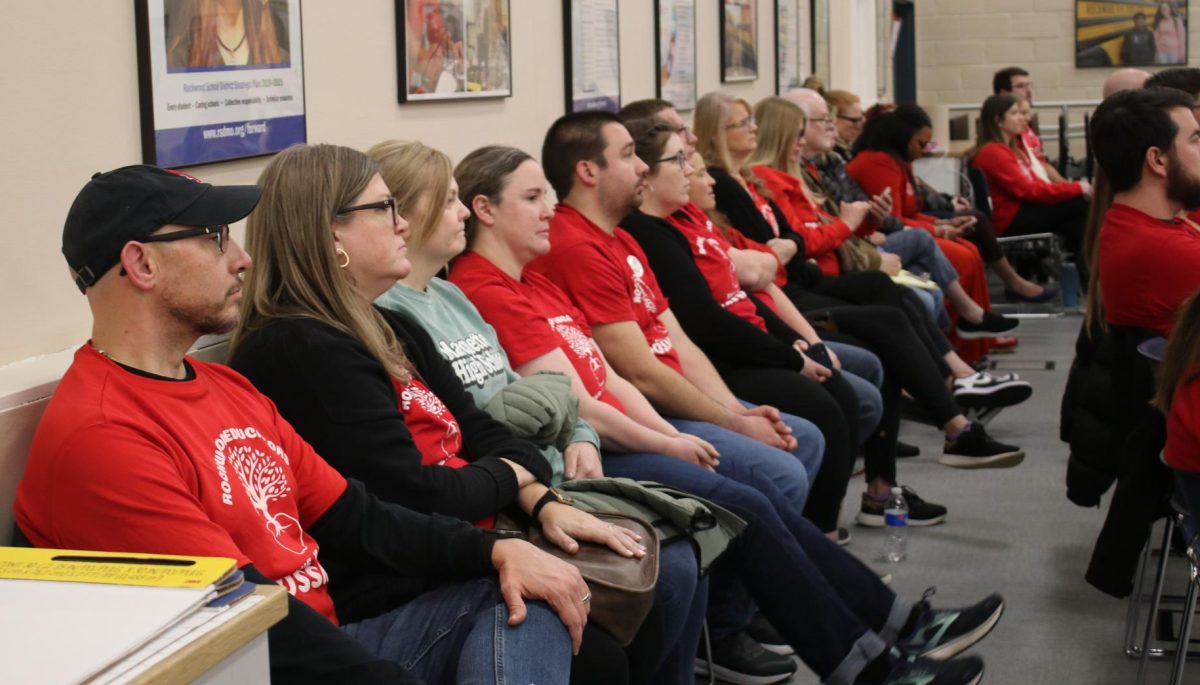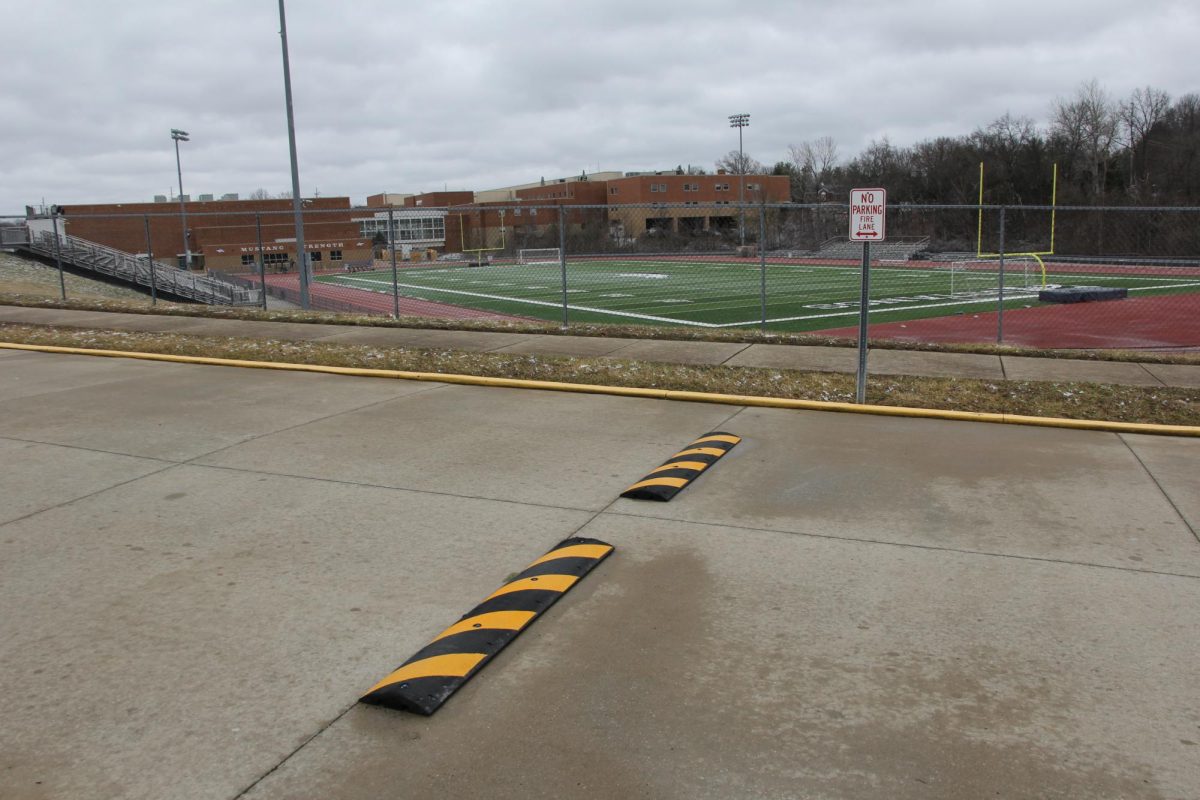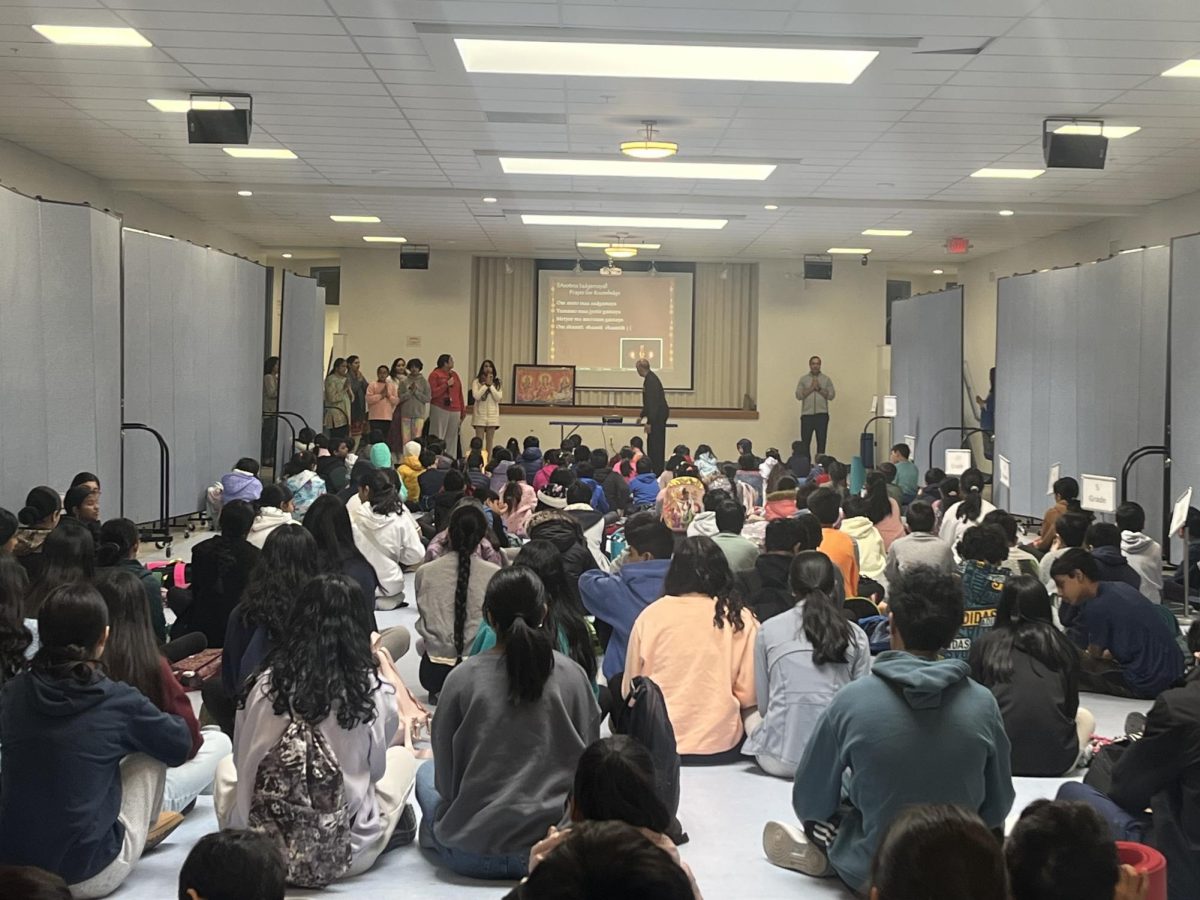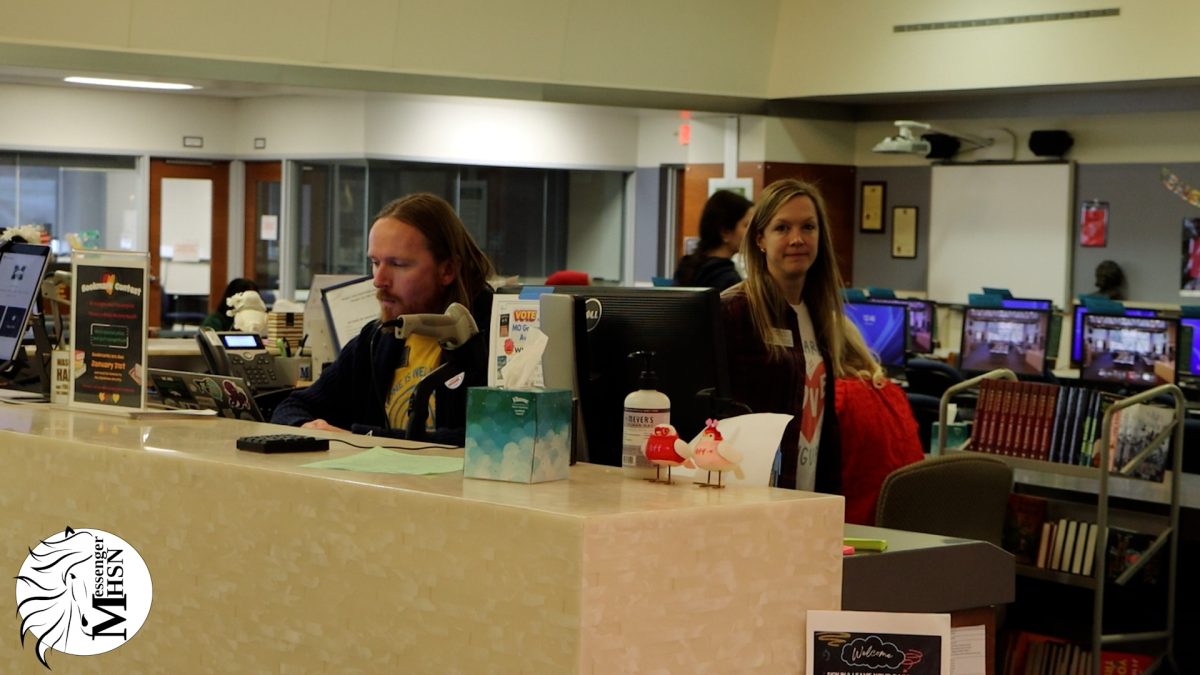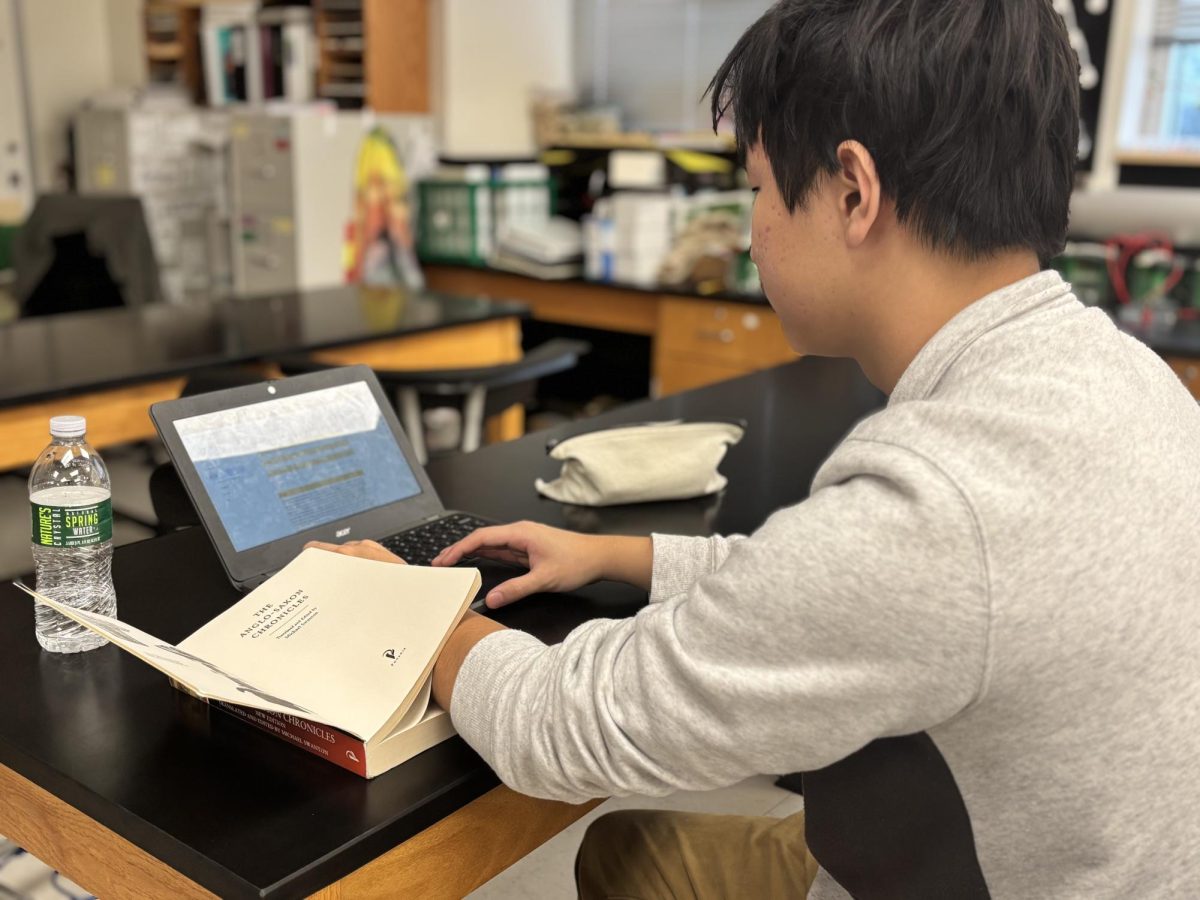MHS To Expand STEM Wing
February 27, 2016
By the start of the 2017 school year, MHS will have an additional two stories perched on stilts on top of the current loading dock. The approximate 17,600 square foot addition will include nine new classrooms: six on the second floor and three on the third floor.
The second floor classrooms, with an average square footage of 818, have not yet been assigned, but for the three classrooms on the third floor with an average square footage of 1728, construction will officially begin August of 2016.
Funding for the additional two stories come from the April 2015 Bond Issue, which allocated 11 million dollars to improvements in STEM areas. 3.4 million of the allocated money will go towards the new MHS addition. Further renovations will be funded by the passing of the April 2017 Prop-T bond.
“The additions will happen here at Marquette and Eureka, but renovations will occur at Rockwood Summit and Lafayette.” Dr. Eric Knost, district superintendent said. “They have space where they can better move things around. Those are slated for this summer because they are a little easier.”
This renovation will the first since the year the school was built in 1993.
“My wife taught science at Marquette when it opened.” Dr. Knost. “My wife’s classroom was the exact same classroom as when it was built. The way that we teach science has evolved and that’s really been shaped by the way that industry and higher education has taught.”
The addition is only phase one of the total plan. The second phase will include renovating existing classrooms, mainly on the third-floor science wing. A majority of third-floor science classrooms will be combined to allow for more room with teaching and lab space. This second phase will be funded by a separate bond issue that Dr. Knost said will most likely be promoted in approximately three years.
By the end of both phases, MHS will have much larger classrooms, but no additional rooms. Head principal Dr. Greg Mathison said that he expects this to benefit all teachers.
“A rumor was we were gonna lose four or five classrooms so one of the really attractive things here was that we weren’t gonna lose any.” Dr. Mathison said. “All of our department chairs were thrilled too because it eliminates a need for sciences but doesn’t hurt any of their subjects.”
In preparation for the project, Dr. Mathison has met and conducted interviews with architects Dickenson Hussman, who designed the addition, teachers, and administrators to strive for the best achievable learning environment for students and teachers.
“Fortunately as a principal, I’ve been a part of several major construction projects: our Library and Weight Room.” Dr. Mathison said. It’s a well thought out process to make sure we have what we need for our teachers, and for our students.”
Dr. Mathison said that the STEM expansion is a result of innovations in science over the past twenty years.
“When you do a planning like this you have to think what is science gonna look like in 20 or 30 years.” Dr. Mathison said. “It’s going to be a modular based system where teachers give a lecture and they’re talking and then they need to go over here and do a lab type activity and then can come back and dialogue what they just did in the lab.”
But changes in the curriculum are not the only driving force behind the new science rooms. The materials in the science labs are soon becoming outdated and although the expiration date has not yet arrived, Dr. Mathison said it’s best to be prepared.
Shane Whitehead, junior, had experienced the worn down equipment while conducting her own AP Chemistry labs.
“There definitely could be some updates in the lab because it does seem pretty old, but for the most part I feel very safe in the lab.” Whitehead said. “I feel like all the materials are very well constructed but there definitely some downsides like the sinks are pretty bad and things break a lot.”
While the new addition addresses many of the science teachers’ concerns, Philip Schmidt, science teacher, is skeptical because it neglects one major concern: the limited amount of classrooms.
“Well, the biggest necessity of all is that we each need our own room so that we do not move from room to room with our equipment and we will not get that,” Schmidt said. “The number of rooms for science will not increase. If you ask any science teacher in the department the one thing that we all want is our own rooms and that is not going to happen with this.”
Schmidt also said he is concerned about the project being split into two bond issues. There is a possibility the science department will get new rooms, but the renovations will not be complete because of the risk of a lack of funding.
“The idea of larger classrooms excites me and the ability to have two separate spaces excites me but I’m nervous about the actual process with regards to finishing it.” Schmidt said.
Imai Anabayan, sophomore, said that he is excited to experience first hand the progress that the new wing will bring to science at MHS.
“This new wing means that kids at Marquette have a better opportunity to learn and explore more science related topics,” Anabayan said. “This allows MHS students to be better prepared in college and in life, in general, to be more knowledgeable and successful compared to before we had the wing.”
Anabayan said that he views science as a field of growing importance, and thinks that MHS must keep pace with evolving innovations and techniques in their educational programs.
“Science has always played a big part in society, but especially now since the rise of the internet and the hyperconnected, advanced world society has become and will continue to become,” Anabayan said. “There are so many opportunities or discoveries or inventions that are so close to happening that could completely revolutionize the world.”




